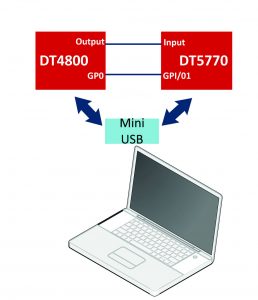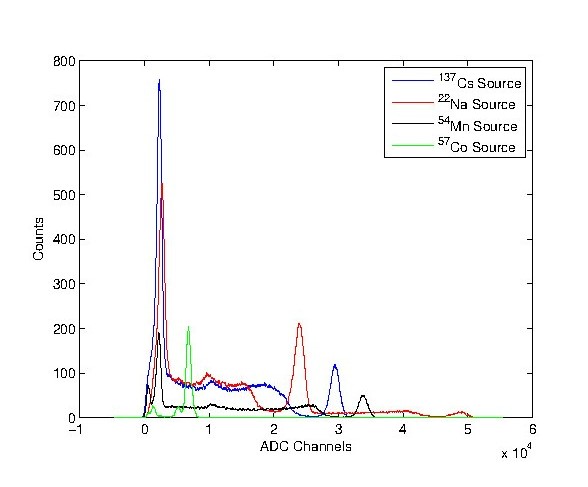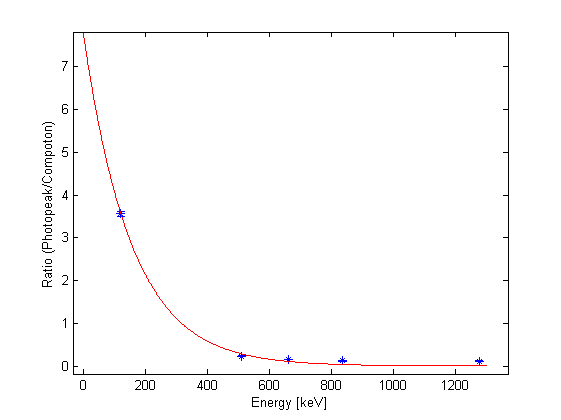| Difficult | Execution Time | Data Analysis | Radioactive Sources |
|---|---|---|---|
| Yes | Yes |
Hardware setup
This experiment guide is referred to the SP5600EMU educational kit. If you don’t have this kit, choose your own from the following list to visualize the related experiment guides: SG6117A, SG6117C, SG6117E – Educational Kit.
Equipment: SP5600EMU – Emulation Kit
| Model | DT4800 | DT5770 | Additional Tool |
|---|---|---|---|
| Description | Micro Digital Detector Emulator | Portable Digital MCA for Gamma spectroscopy | Gamma Radioactive Source |
Purpose of the experiment
Determination of the ratio of the effective cross-sections due to Compton and Photoelectric effects as a function of photons energy.
Fundamentals
In the energy range up to 2MeV, γ-rays interact with matter by two processes:
- Photoelectric Effect, dominant at energy less than 100 KeV. In this process the photon energy is completely transferred to atomic electron bounded
γ + atom -> ion + e–
- Compton Scattering, linked to the elastic collision between electrons and photons and relevant at 1MeV energy level
γ + e -> γ’ + e-’

Block diagram of the experimental setup that makes use of the “Educational Gamma Kit”
The predominant mode of interaction depends on the energy of the incident photons and the atomic number of the material with which they are interacting. From the acquired γ-spectrum, it is possible to estimate the fraction of events due to Compton scattering and those caused by the photoelectric. The ratio of the event fractions is used to determine the ratio of the two effective cross-sections that depends on the detector size.
Carrying out the experiment
To perform the experiment connect the DT4800 output to the input channel of the MCA DT5770 and use the DT4800 GP0 as digitizer “trigger IN”. The DT4800 Control Software Interface allows to emulate signals from real energy spectra of several γ-radioactive source.
Results
By using several radioactive sources, the energy dependence of the ratio between the cross-sections of two phenomena can be examined, by verifying that the Photoelectric Effect cross section decreases with increasing energy compared to the Compton Scattering cross section for the used detector size.

Spectra of radioactive sources used to estimate the ratio of Photonuclear and scattering Compton cross sections

Behaviour of the ratio between Photo-Peack and Compton contributions as a function of energy


